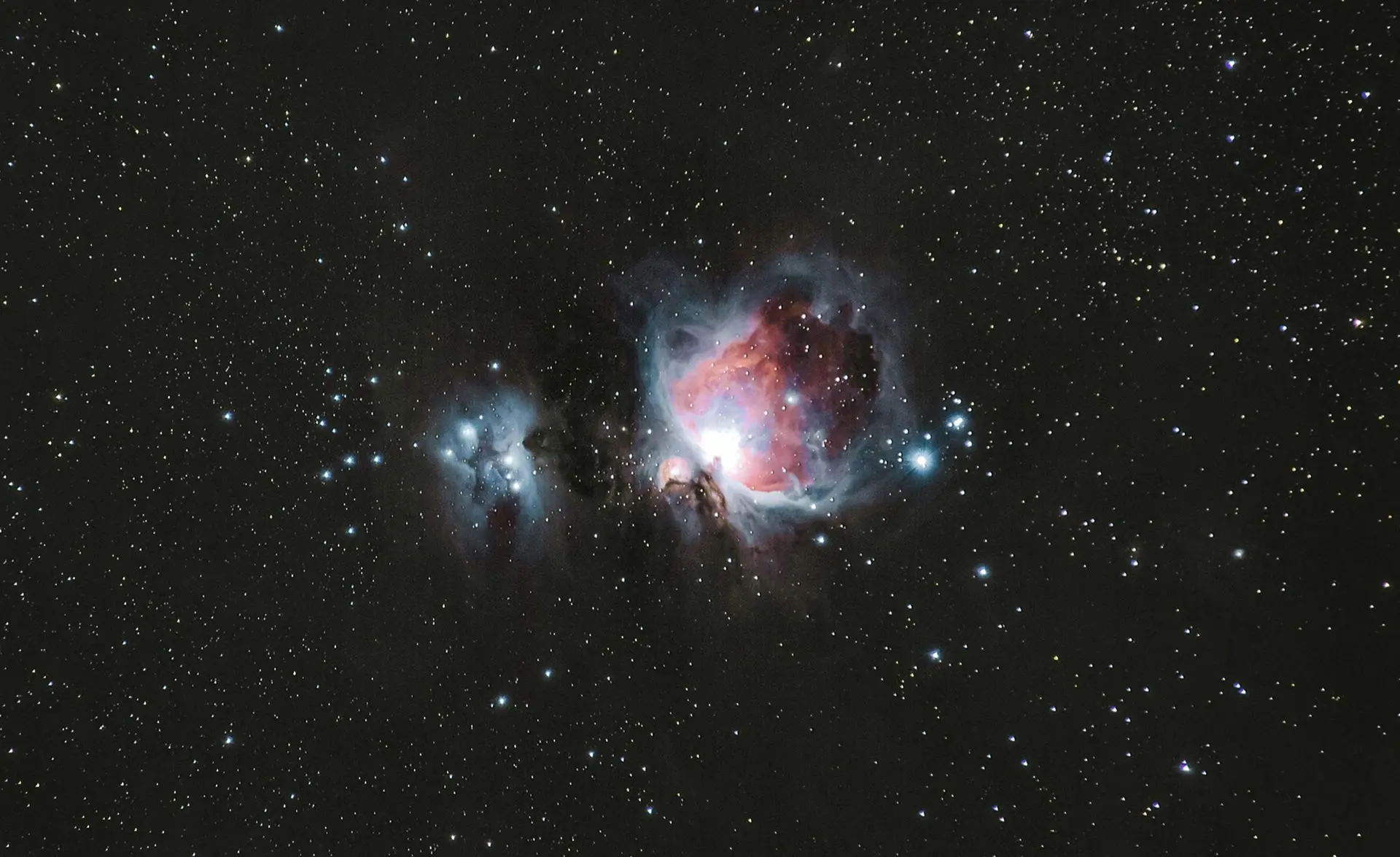What Are Barnacles? The Fascinating World of These Sea Creatures

Looking for more amazing products? Check out our online store and explore our collection here! Happy shopping!
Before diving in, please note: This post is for informational purposes only. If you’d like to know more about how we approach topics, feel free to check out our friendly Disclaimer Page.
Hey there, amazing readers! 
We’re committed to delivering quality posts, and your support (even just sticking around despite the ads) means everything to us. So, bear with us, and thanks for helping us keep the good vibes rolling. Now, on to the fun stuff!
TRANSLATE BUTTON AT THE END OF THE ARTICLE
Have you ever strolled along a beach and noticed those little hard-shelled creatures clinging to rocks, boats, or piers?
You might have wondered, what are barnacles?
Well, you’re in for a treat!
Let’s dive into the captivating world of barnacles and explore their unique lives, habitats, and importance in our ecosystems.
Whether you’re a beachcomber, a curious nature lover, or simply someone who enjoys learning something new, this article is for you!
What Exactly Are Barnacles?
To start, let’s clarify what barnacles are.
Barnacles are marine crustaceans that belong to the subclass Cirripedia.
You might be surprised to learn that they are more closely related to crabs and lobsters than to mollusks, which some people often mistakenly assume.
Isn’t that interesting?
These tiny creatures have hard, calcareous shells made up of multiple plates that protect them from predators and harsh environmental conditions.
Barnacles come in various species, but the most common types you’ll encounter are the acorn barnacles and the goose barnacles.
Acorn barnacles have a conical shape and are usually found on rocky surfaces, while goose barnacles have long, stalk-like structures that allow them to reach out from their substrate.
Just picture them waving in the water like little underwater dancers!
How Do Barnacles Live?
1. A Unique Life Cycle
Barnacles have a fascinating life cycle that begins with free-swimming larvae known as nauplii.
After several molts, these larvae settle onto a hard surface and undergo a metamorphosis into their adult form.
This process is crucial because, once they settle, barnacles lose their ability to move, and they stick to their chosen spot for life.
Isn’t it amazing how they make such a permanent choice at such a young age?
2. Feeding Habits
So, how do barnacles eat?
Well, they’re filter feeders!
They extend their feathery appendages, called cirri, into the water to capture plankton and organic particles.
This feeding method is quite effective, allowing barnacles to thrive in various marine environments.
It’s like having a built-in buffet right at their doorstep!
3. Living in Clusters
Barnacles are social creatures and often form large colonies on hard surfaces.
You’ll typically find them clustered together on rocks, ship hulls, and even the shells of turtles!
This behavior helps them maximize feeding opportunities and provides some protection against the harsh elements.
Plus, it creates a lovely, textured look along coastlines.
Where Do Barnacles Live?
1. Marine Environments
Barnacles are found in all oceans, from the tidal zones to deeper waters.
They prefer environments with hard surfaces where they can attach themselves securely.
You might see them on rocky shorelines, piers, and even on the hulls of boats.
Just be careful when walking on rocky shores; those barnacles can be quite sharp!
2. Tolerance to Conditions
One of the remarkable things about barnacles is their ability to tolerate various environmental conditions.
Some species can withstand harsh temperatures and salinity levels, making them resilient little creatures.
They’ve adapted to life in intertidal zones, where they endure the constant ebb and flow of the tides.
Talk about living on the edge!
The Ecological Importance of Barnacles
Barnacles may be small, but they play a significant role in marine ecosystems.
Here are a few reasons why they’re important:
1. Food Source
Barnacles serve as a food source for various marine animals, including birds, fish, and sea otters.
By being part of the food web, they contribute to the overall health of marine ecosystems.
Without barnacles, some of these animals would struggle to find food.
2. Bioindicators
Barnacles can also act as bioindicators of environmental health.
Because they are sensitive to changes in water quality, scientists often study barnacle populations to assess the health of marine ecosystems.
This means that by keeping an eye on barnacles, we can gain valuable insights into the overall state of our oceans.
3. Coastal Protection
In addition to their ecological contributions, barnacles help protect coastal areas.
Their hard shells can stabilize sediments, reducing erosion and promoting the growth of other marine life.
They act as nature’s little architects, creating habitats for other organisms to thrive.
Interesting Facts About Barnacles
Let’s wrap up our exploration of barnacles with some fun and quirky facts that might just leave you amazed:
1. Ancient Creatures
Barnacles have been around for millions of years!
Fossil evidence shows that they existed during the time of the dinosaurs, making them true survivors of the ages.
Imagine the stories they could tell if only they could talk!
2. Strong Adhesive
Barnacles produce one of the strongest natural adhesives known to science.
This unique substance allows them to attach themselves to hard surfaces, and it’s been studied for potential applications in various fields, including medicine and construction.
Talk about a sticky situation!
3. Size Variety
Barnacles come in various sizes, with some species being just a few millimeters wide while others can reach several inches.
It’s fascinating to see how such small creatures can vary so greatly in size!
4. They Don’t Move
Once they settle down, barnacles remain in the same spot for the rest of their lives.
This makes their decision of where to attach crucial.
Can you imagine if we could only pick one place to live forever?
Conclusion: A Closer Look at Our Ocean Friends
As we’ve discovered, barnacles are far more than just little shells we see along the shoreline.
They’re remarkable creatures with unique lifestyles and significant ecological roles.
Whether you’re a beach lover or just someone curious about marine life, I hope this exploration has sparked your interest in these fascinating little beings.
So, the next time you’re out by the ocean, take a moment to appreciate the barnacles clinging to the rocks and boats.
They may be small, but their stories are big!
If you have any experiences with barnacles or other marine creatures, I’d love to hear about them.
Let’s keep the conversation going, and until next time, happy exploring!

The Enlightenment Journey is a remarkable collection of writings authored by a distinguished group of experts in the fields of spirituality, new age, and esoteric knowledge.
This anthology features a diverse assembly of well-experienced authors who bring their profound insights and credible perspectives to the forefront.
Each contributor possesses a wealth of knowledge and wisdom, making them authorities in their respective domains.
Together, they offer readers a transformative journey into the realms of spiritual growth, self-discovery, and esoteric enlightenment.
The Enlightenment Journey is a testament to the collective expertise of these luminaries, providing readers with a rich tapestry of ideas and information to illuminate their spiritual path.
Our Diverse Expertise
While our primary focus is on spirituality and esotericism, we are equally passionate about exploring a wide range of other topics and niches 

To ensure we provide the most accurate and valuable insights, we collaborate with trusted experts in their respective domains 
Our blog originally focused on spirituality and metaphysics, but we’ve since expanded to cover a wide range of niches. Don’t worry—we continue to publish a lot of articles on spirituality! Frequently visit our blog to explore our diverse content and stay tuned for more insightful reads.
Hey there, amazing reader! 
Check out our store here and take a peek at some of our featured products below! Thanks for being awesome!











